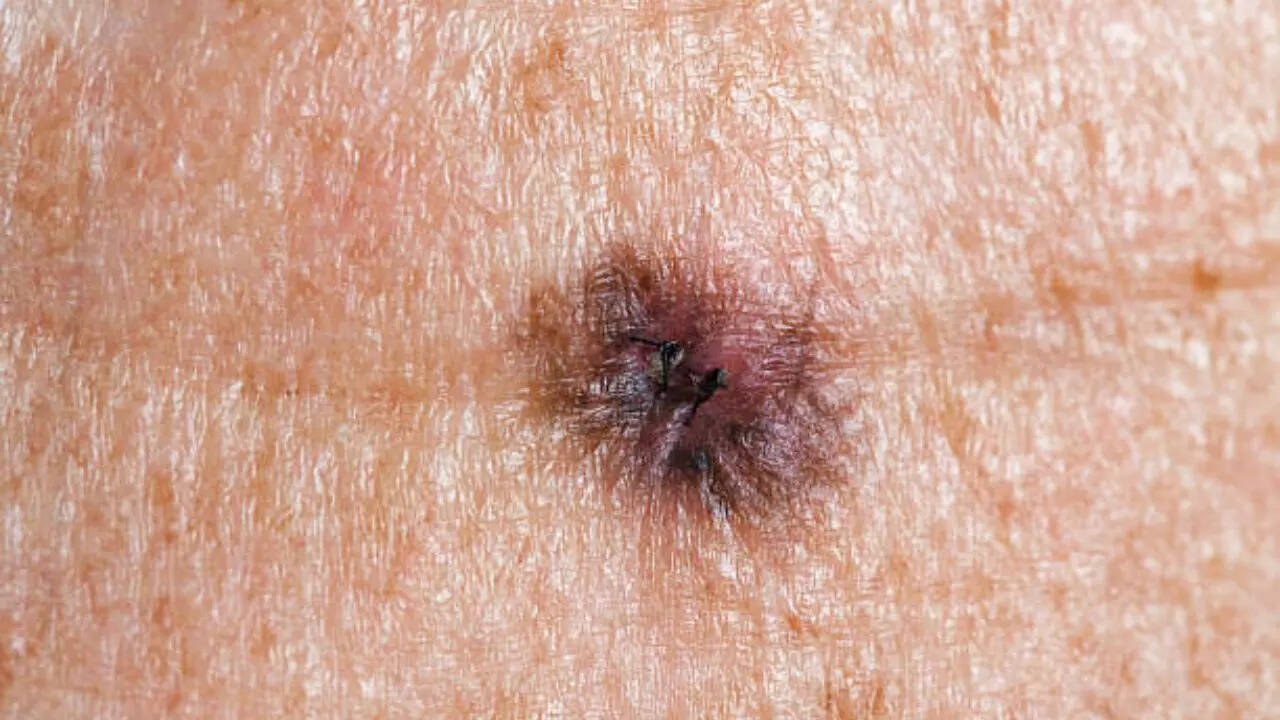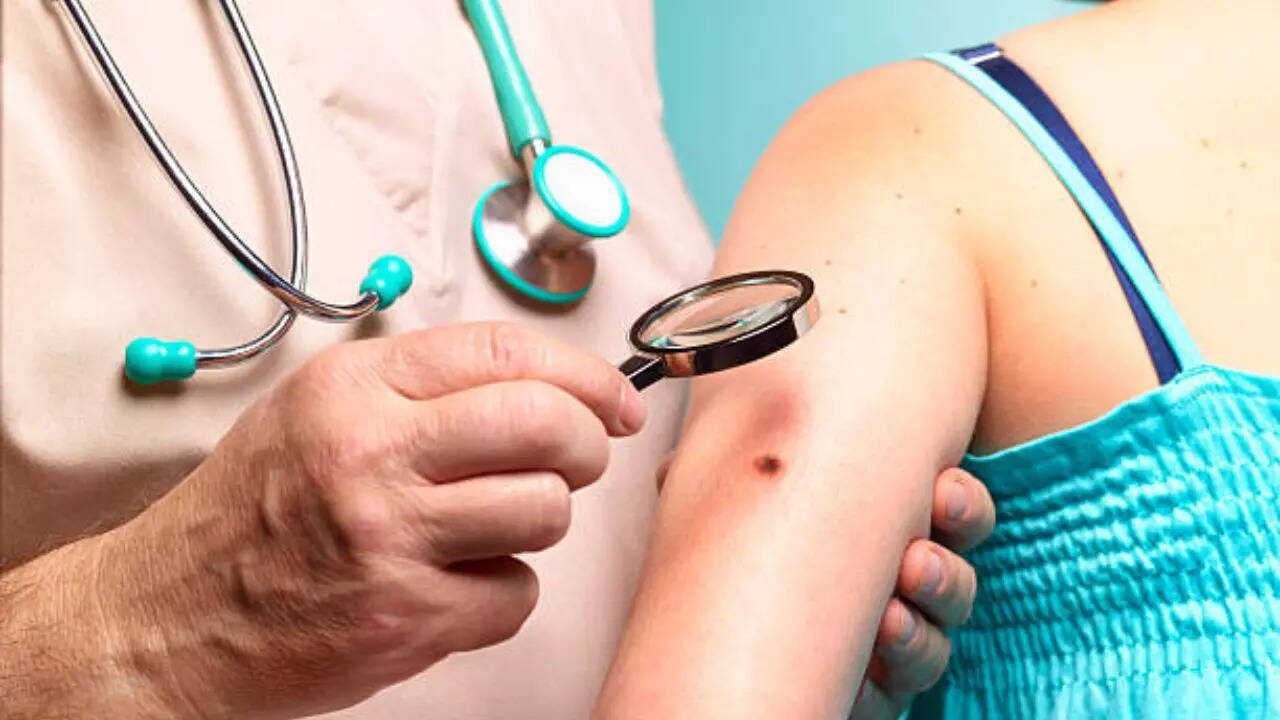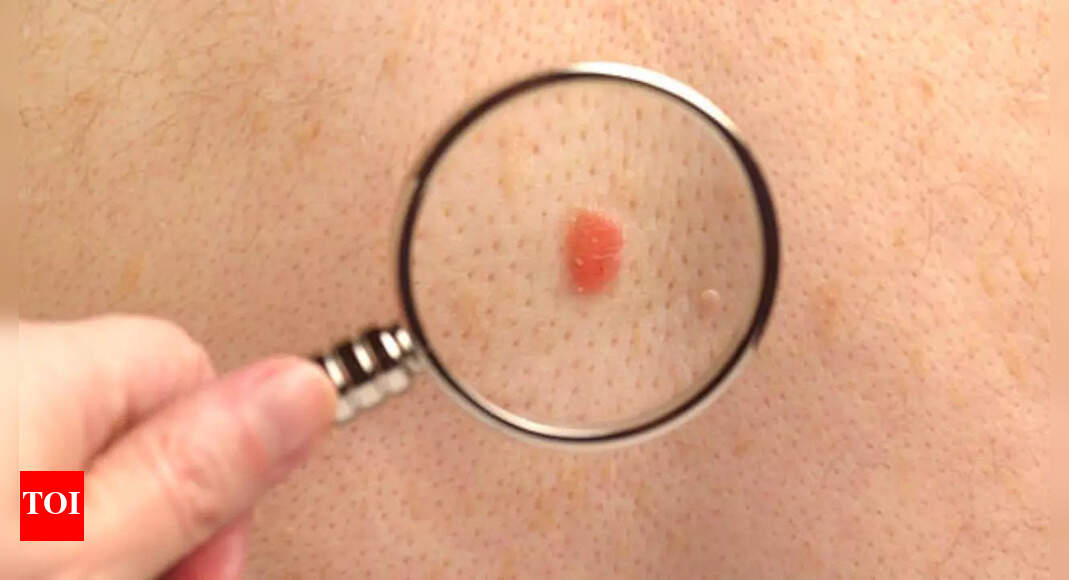According to the American Academy of Dermatology Association, skin cancer is the most common cancer in the United States with approximately 9,500 people being diagnosed with it every day. Overexposure to ultraviolet (UV) radiation from the sun or tanning beds is the main cause of skin cancer in the state, killing at least two Americans per hour.With the summer finally winding down, board-certified dermatologist Dr Asha Patel told The Post about examining oneself for any signs of skin cancer. “I would suggest starting with a baseline skin self-exam done at home (and with assistance from a mirror and/or partner) to really learn the patterns of your own skin.” She recommended focusing on nine types of skin changes.
Types of skin cancer

Image credits: Getty Images
Skin cancer has three main types: basal cell carcinoma (BCC), squamous cell carcinoma (SCC) and melanoma, out of which BCC is the common.BCC develops from basal cells in the deepest layer of the skin and looks like a small, pearly or flesh-coloured bump or a reddish-pink scaly patch.SCC forms from the squamous cells present in the upper layer of the skin and has rough, red patches or firm pink bumps.Melanoma, is the most dangerous form whose visible signs include a dark unevenly colored spot or a pink, red or skin-toned lump.
Where and how to look for signs of skin cancer?

Image credits: Getty Images
The places where you must look for signs include scalp, genital area, palms, between the fingers, under the fingernails and underneath the breasts.While looking for the signs it’s helpful to remember the acronym ‘ABCDE’ in the mind.Asymmetry: One half of the lesion or mole looks different from the otherBorder: The edges are poorly defined, notched or irregularColour: The colour differs from other moles on the body or there may be several colours in one spotDiameter: The width of the lesion is larger than 1/4 inch or about the size of a pencil eraserEvolving: The size, shape or colour changes overtimeThe doctor suggested a monthly self-exam especially for those at a higher risk such as ones with previous history or family history of the disease and immunosuppressed patients.
What are the signs of skin cancer?

Image credits: Getty Images
A growth, sore or lesion that does not heal, keeps reopening after healing or bleeds/scabs and never healsA rough, dry patch resistant to moisturizers, especially if it is in a sun-exposed area of the body like the face, forearms or chestA rapidly growing new lump, bump or growth that may be painful or sorePersistent wart-like growths that may be painful or sorePigmented lesions that have asymmetry, irregular borders or color changesPigmented lesions on “special sites” like the palms or solesDark, uneven or wide streaks in the fingernail platesAnything on the skin that is constantly itchy, sore, tender, painful and/or bleedingCases of widespread, treatment-resistant skin conditions resembling eczema that could indicate a skin cancer that is not related to UV exposure, though this is rare
